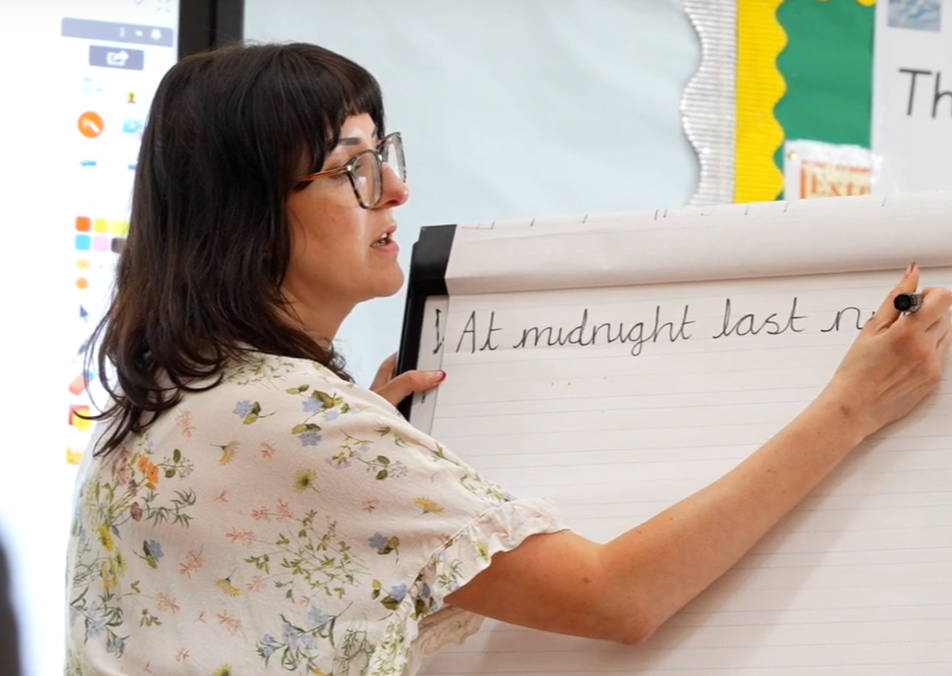Writing
At Yew Tree Community School, it is our belief that writing, when implemented closely alongside reading, underpins all learning within the curriculum. We strive to equip children with the knowledge and skills necessary to write clearly for a range of audiences and purposes. We do this by providing a wide range of experiences and opportunities to write using high-quality texts as a starting point. This starts in Nursery and builds progressively until the children leave us in Year 6.
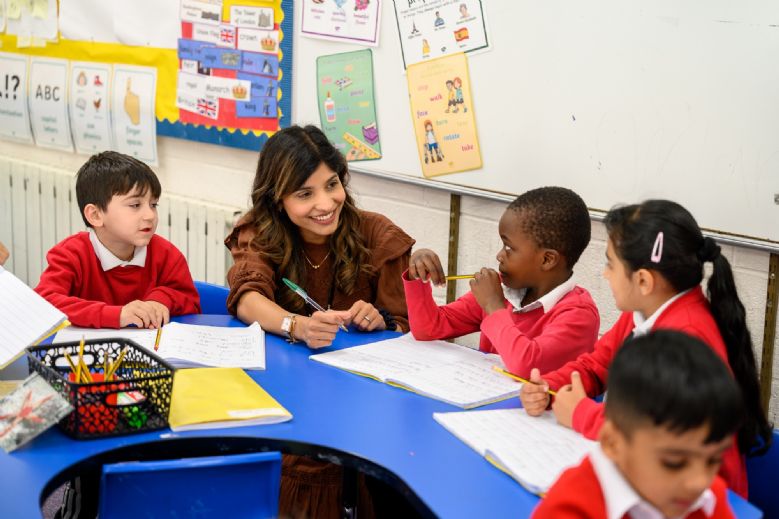
We have planned a writing curriculum with the intention that children at Yew Tree will be able to write with confidence, fluency and understanding. This will enable them to be independent and creative writers across all areas of the curriculum and in all subjects. Children will be provided with the opportunity to experience a wide range of texts as part of our belief that all children should learn, apply and refine the essential skill of writing in a widening range of contexts.
At its core, the National Curriculum underpins our writing curriculum, but we have, after careful research and development, enriched its design by incorporating the Talk for Writing process. For many years, Talk for Writing has been at the heart of everything we do - both in English and across the curriculum, starting in EYFS.
Talk for Writing
Talk for Writing is an approach that is embedded in our school. It ensures that our children become confident at discussing their learning, which enhances their ability to craft their own stories. Our children have a clear understanding of writing with a purpose. They also have a secure understanding of the purpose of individual text types, the intended impact of writing skills/tools and the ability to carefully select vocabulary and grammar with attention to the desired effect on the readers’ thoughts and feelings.
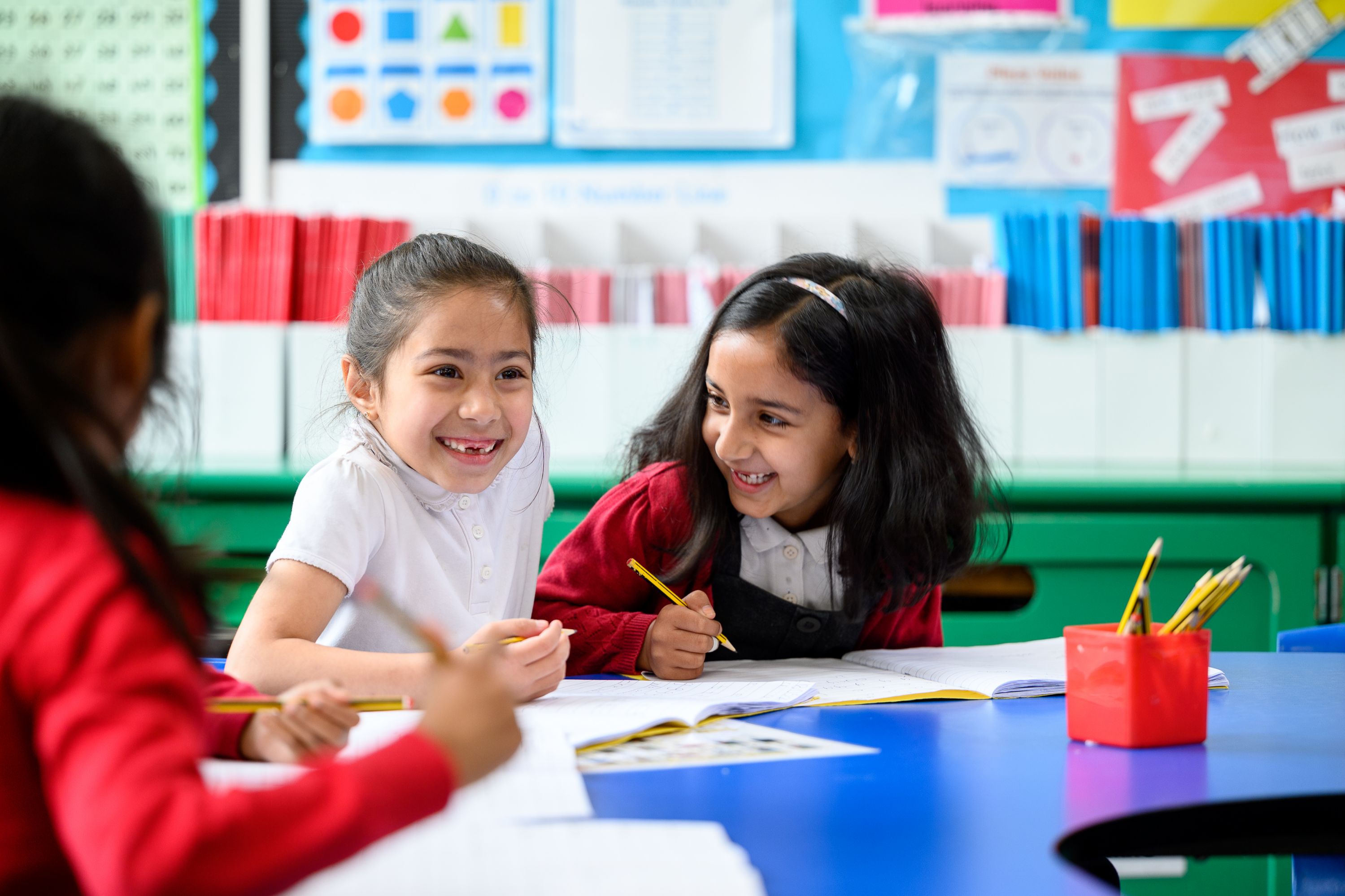 Our children are challenged and given the appropriate time to craft and edit their own writing, enabling them to rise to their own expectations, taking pride in all aspects of learning and in everything they produce. Being proud of their handwriting is an essential part of this and we ensure that at the start of the term children write up a story they know really well so the only thing they have to focus on is their handwriting and basic skills.
Our children are challenged and given the appropriate time to craft and edit their own writing, enabling them to rise to their own expectations, taking pride in all aspects of learning and in everything they produce. Being proud of their handwriting is an essential part of this and we ensure that at the start of the term children write up a story they know really well so the only thing they have to focus on is their handwriting and basic skills.
Each unit of work is given at least three weeks to complete, with the goal of completing an independent piece of writing at the end of each unit of work.
The process of Talk for Writing
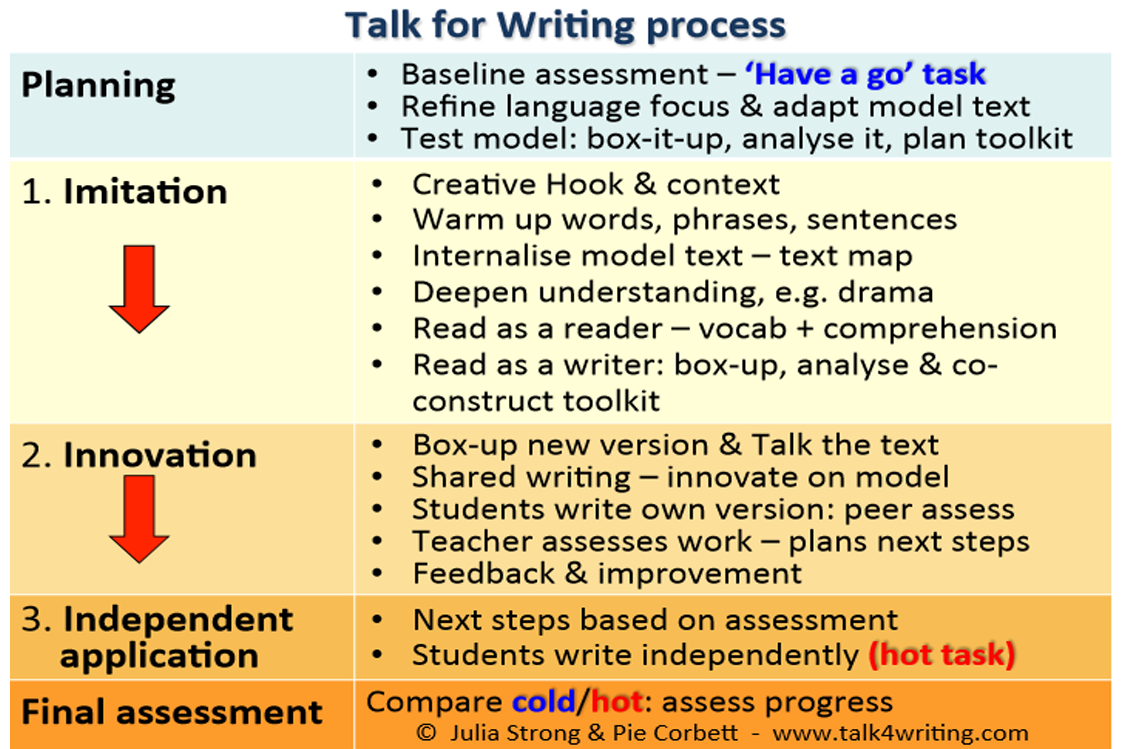
Steps of Learning
Planning
Cold writing task (have a go) children should already know the structure of the genre. An interesting and rich starting point provides the stimulus and content but there is no initial teaching. Assessment of their writing helps the teacher work out what to teach the whole class. Different groups adapt the model text and plan accordingly. Modelling and shared writing are a key component in the Talk for Writing approach, along with oracy and ‘talking through the text’. Teachers spend time familiarising themselves with every aspect of the learning journey to ensure the model text contains the modelling needed that is specific to the classes' needs. Teachers will set key focusses and goals for a unit and select, adapt or create a model text. Then, with the children, they plan the toolkit.
Teachers model and teach the features, sentence types, vocabulary, grammar and shared writing. This ensures all modelling in each session is relevant and purposeful.
Imitation
Learning new vocabulary
Genre-specific vocabulary or words and phrases taken from the model text are explained and discussed with examples given. The use of these words is modelled so that pupils have a secure understanding of how to use vocabulary appropriately and in context. When ready, children copy these words into their magpie books to refer to throughout the learning journey and beyond. Children are also given and use the statutory word lists for each year.
Hook
The unit begins with an exciting hook into learning. It can be a gateway into a child’s imagination. It can allow them time to dwell on something and consider a life away from their own. Hooks can come in many forms, from the elaborate to the simple: they can be inside hooks, outside hooks, role-play hooks or experience hooks. Some examples might include a trip out of school to the woods or the beach, a mysterious letter delivered to the classroom or a sticky trail of porridge. Whatever form they take, they should result in all the eyes in your class widening with excitement and curiosity.
Oral learning of model text 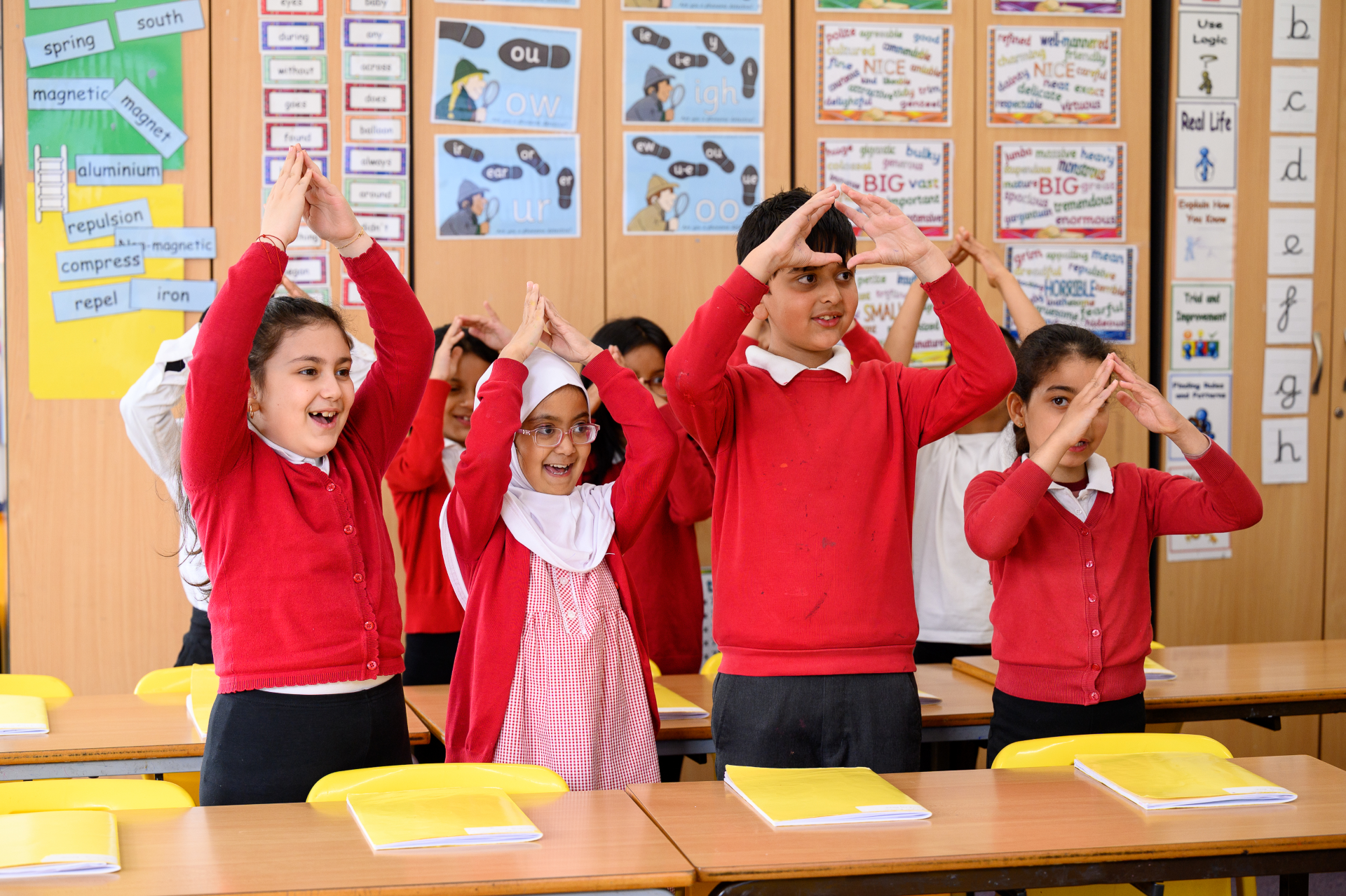
Internalising the text/Story Mapping - The model text is introduced here. Key actions are used consistently throughout school. Children love this part of the text and get great enjoyment from acting it out and making it their own.
Through meaningful repetition and re-visiting, children learn the text and internalise the language structures needed to eventually write their own texts. The text is read in every lesson as re-visiting and talking the text in this way helps children to identify transferable ideas and structures, and to internalise its structure. For example, we explore how even simple stories develop through setting, characters, plot and resolution, to become familiar with its syntactical patterns and to begin to acquire its specific vocabulary. It is pitched well above the pupils’ level and has built into it the underlying, transferable structures and language patterns that pupils will need when they are writing.
The following few lessons are focused on internalising and memorising the text. This is learnt using a ‘text map’ and actions to strengthen memory and help pupils internalise the text. The text map is a pictorial representation of the text which visually supports the oral retelling. The children just draw important images that represent what is being said in the text map as the aim is that it scaffolds the children as they learn and eventually retell the text independently. What follows is an internalisation of main events or ‘scenes’ in the story. This means that when they come to retell, children aren’t restrained by the need to know each word. Instead, they can embellish the story as they’ve learnt it more loosely. They use their knowledge of story language and sentence structures from their reading to support the embellishment of the model story.
Drama
Used to deepen understanding of the text. All this first phase is underpinned by rehearsing key spellings and grammatical patterns.
Short Burst Writing
Short-burst is about exploring and practising the language and skills needed and underpinned by rehearsing key spellings and grammatical patterns.
Reading as a Reader
Children clarify and explore the meanings of words and phrases – especially figurative language (similes/metaphors) and idioms. Moving on to comprehension, looking at inferential questions and oral comprehension (book talk). They will read other similar texts to the model text and will compare and contrast.
Reading as a Writer
Children explore the model text by picking it apart, boxing it up and constructing tool kits. Boxing up the text helps the children to develop a strong sense of structure that will underpin their independent writing.
Creating their toolkits will provide them with the ingredients needed to construct their own successful version of the text. Toolkits include a genre toolkit (for example, suspense), a grammar toolkit and a separate everyday skills toolkit. Planning of what to include in toolkits is tailored to focus on aspects of the children's writing that have been found to be missing from their initial cold write. Also, it focusses on what children need to be successful within the year group expectations.
Likes and Dislikes
Children will identify likes and dislikes, patterns and puzzles to break down what they think and feel about the model text. This heightens their awareness of what the text is about and deepens understanding.
Innovation Stage
Shared Writing
Once the children have internalised the text, they are then ready to start innovating. Innovation involves helping children to generate their own version of the known text, with the teacher modelling the process through shared writing. They use the text map and structures to co-construct new versions with their teachers and they begin to explore their own ideas. Younger children and less confident writers alter their text maps using post-it notes and orally rehearse what they want to say, creating their own version. 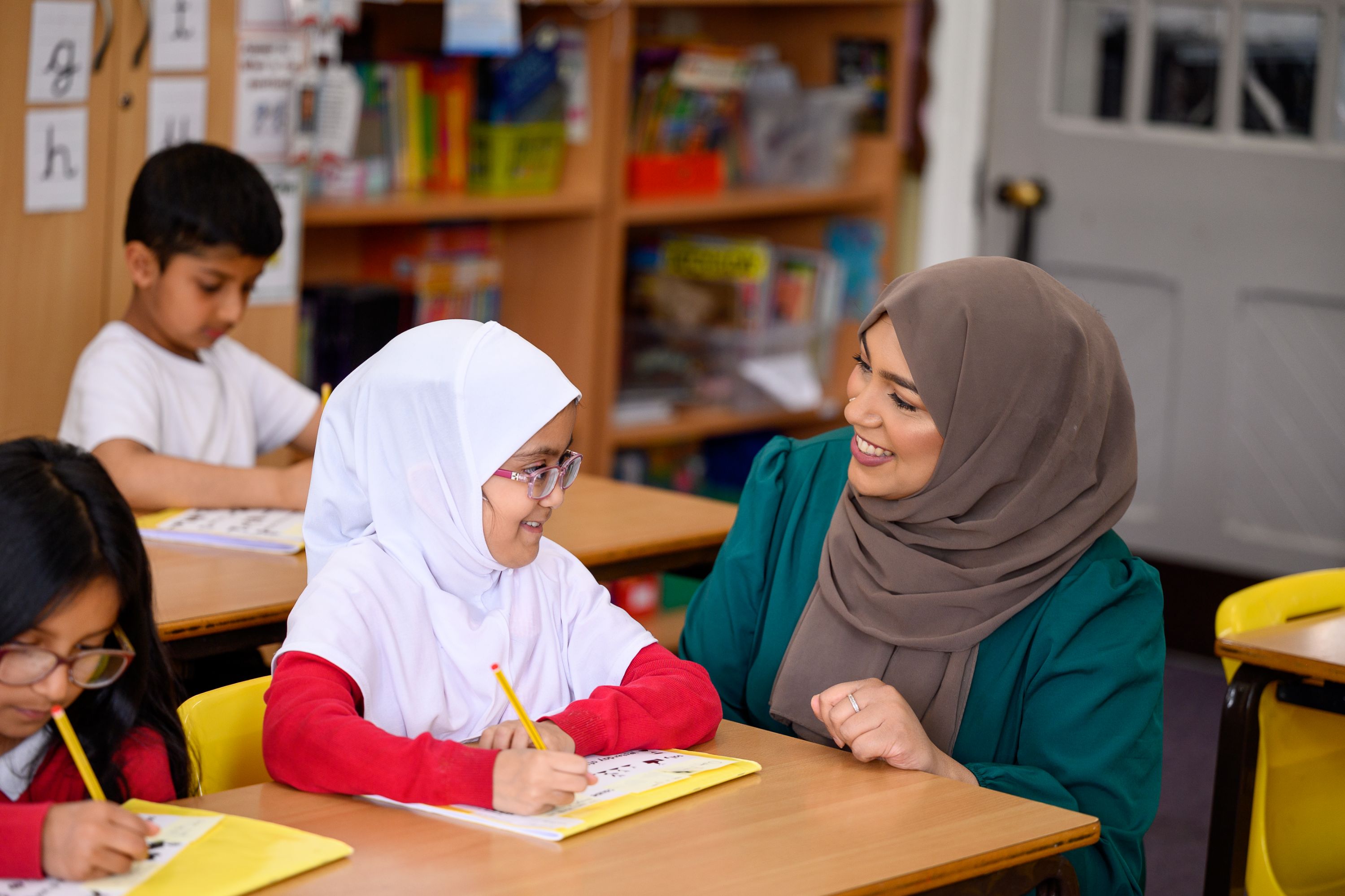
By the end of year 2, children use boxed-up planners, and the teacher demonstrates how to create simple plans and orally develop ideas prior to writing. Once the children are familiar with the new shared version, the key focus in this stage is shared writing with the teacher. This helps the children to move away from the text and develop their own independent ideas. Shared writing is a collaborative experience where children have a chance to contribute ideas or a mixture of the two.
Teaching Grammar
The teaching of grammar and punctuation has the most impact on children’s understanding when taught within a meaningful context. There may be times when the discrete teaching of a grammatical skill is necessary. However, it is important to strike a balance between the two and provide sufficient opportunities to apply the grammar and punctuation learnt.
Children will plan their own version of the model text and write it up. An important part of this process is the editing and redrafting. Our teachers train children to be successful with this so that their improvement and redrafting will produce their very best writing. High-quality feedback ensures children know what they have done well and what they need to improve on, and time is always given for this.
Levels of innovation
-
Simple substitution – for example, change words, character or settings. Addition – add to or embellish to expand or extend a text.
-
Alteration – alter part of a text in ways that change the course of events.
-
Genre swapping -for example, changing a story to a newspaper report or change the story type to science fiction or a myth.
-
Change time/person or view – for example, past to present tense.
-
Reorder the text -for example with flashback, time slips and flash forwards.
-
Write in the style of different authors. Add in sequels or prequels /prologues.
-
Blend story types It is crucial to note that whilst substitution is invaluable for younger children and those who are new to English, it should not be the only technique used in primary schools as the aim is to grow independent writers.
The independent application stages (Hot Task) 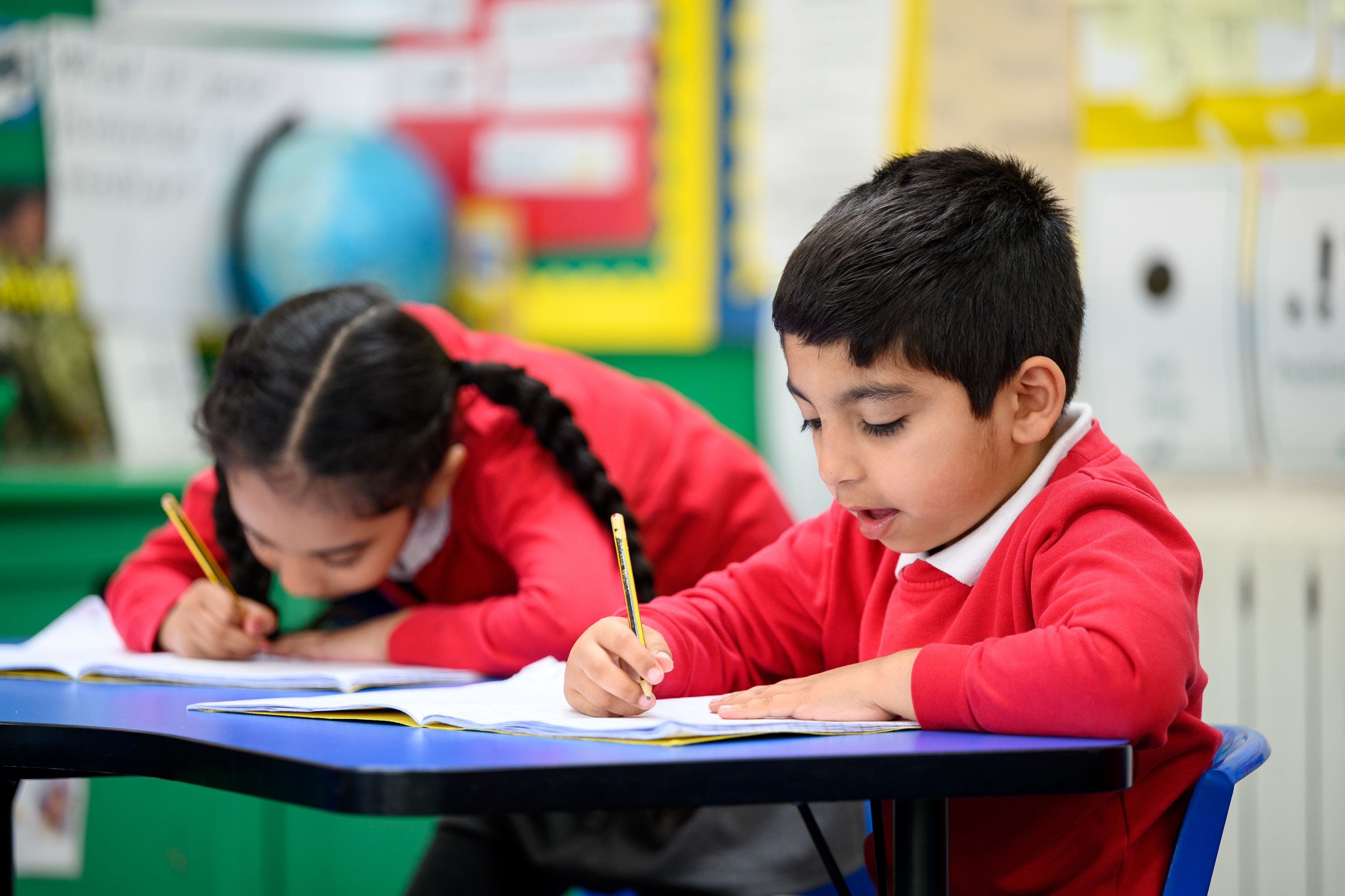
Children will now combine the techniques that they have mastered and apply them in an independent piece of writing. By this time, the children should have confidently internalised three things: a model story, a writers’ toolkit and the underlying structure (through boxing up). These are the three vital elements that lead to independent writing. This is the final stage of the unit and will provide the children with the most freedom regarding their writing. The teacher will assess what the children can do and adapt their planning considering this. This phase will begin with some discreet teaching of an area that the teacher has identified as needing further work prior to the children writing their own pieces.
Progress from the cold task to the hot task should be evident, which encourages pupils and helps teachers track the impact of teaching.
To find out more about the implementation of Talk for Writing, please click on this link:
The overall aim of our writing curriculum is for children to be independent writers who are confident and able to use transferable skills within and across different genres of writing. We aim for our children to develop a love of writing and to continue to improve the key skills learnt in all aspects of life and education.
To find out more about the implementation of our writing curriculum, please refer to the policy below.

